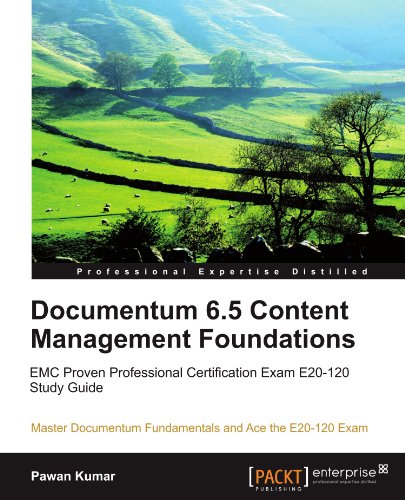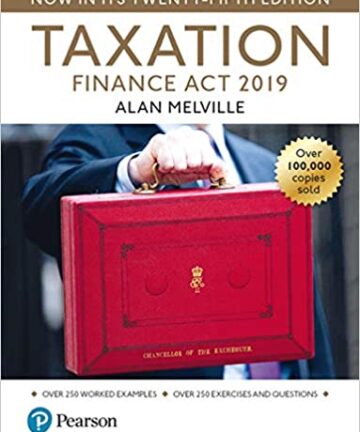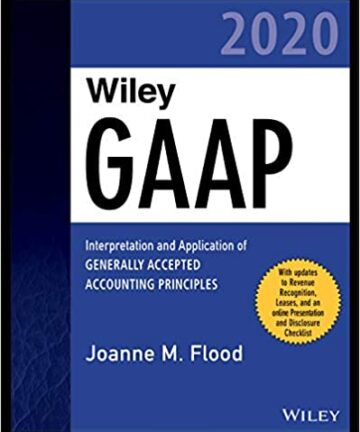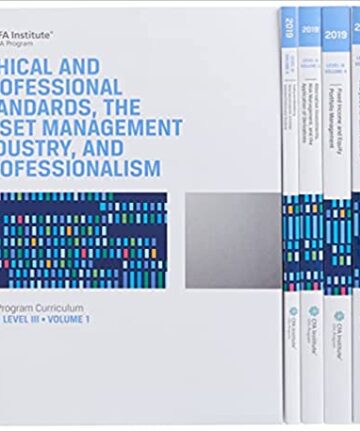Description
Documentum 6.5 Content Management Foundations
The publisher of Documentum 6.5 Content Management Foundations contacted me and asked me to review it. I receive no compensation other than a copy of the book. Documentum 6.5 Content Management Foundations is designed to help the reader learn enough about Documentum to pass the EMC Proven Professional Exam E20-120. When I first opened it, I thought that it looked very much like the Content Server Fundamentals guide but I quickly realized it contained many details only found by also studying the full suite of EMC documentation on Documentum. Mr. Kumar did a very nice job of blending together information from manuals, white papers, and his own experience into a book I am happy to have sitting on my desk for easy referencing. I was surprised and pleased to read about the in depth discussions of how the features of Documentum manifest themselves in the objects and database. This is usually something I think most people end up figuring out for themselves after a lot of trial and error and late nights pouring over the object reference manual and the object model diagram. I found the explanation of versioning in Chapter 2 to be a great example of this. It shows how to tie together a feature’s behavior at both a user experience level and a very low level within the system. The way it is expressed in the book is much better than how I’ve been explaining it to people.( documentum pdf is from ebookik.com)
Documentum 6.5 Content Management Foundations pdf category is Business books
Years ago I attended business rules conferences and even had a database theory book autographed. I think workflows are one of the most underappreciated aspects of Documentum. Everyone talks about using them, but much of the time I see people avoid them simply because it requires one to nail down and articulate a process. For the knowledge worker workflows can be hard to pin down, combine that with the belief that everyone thinks his/her work is unique and analyzing a workflow becomes very difficult. I would recommend that workflow analysis start with a business form, this usually works out well much like the loan application example in the book. Aliases and virtual documents are discussed as advanced concepts in part 5 of the book. I haven’t used aliases much but virtual documents can be very useful when managing large documents that have multiple authors or a lot of boiler plate. I’ve used them for XML authoring and for managing and publishing manuals and multi-part engineering documents. If you need to keep track of what a set of documents were at a specific point in time a virtual document structure can be very useful. To conclude, I think this book could have been sub titled – What I wish I’d learned about Documentum five years ago. One of my co-workers said that to me and ordered a few copies for the office. I think this book is useful for those new to Documentum beyond simply prepping for the E20-120 exam.
**documentum pdf published**
The first two parts of the book, and up through chapter 8 on searching, I think are readable and understandable without having a Documentum system handy. When I got to chapter 9, Webtop Presets, I started thinking, wow, it would be nice to have a Webtop instance in front of me right now. Part 4 of the book groups Documentum application development topics together such as building projects in Composer, custom types, and workflows and lifecycles. I had a similar thought when I got to chapter 10, the one on building projects. If you have access to Composer I think it would be of great benefit to follow along and create some of the objects and configurations described throughout the book. Chapters 12 and 13 cover workflows and lifecycles. I’m a sucker for workflows. There I’ve said it.
you can order Documentum 6.5 Content Management Foundations pdf now
for read documentum pdf can use 10 Free eBook Reader Apps for Your Phone or Tablet






Reviews
There are no reviews yet.